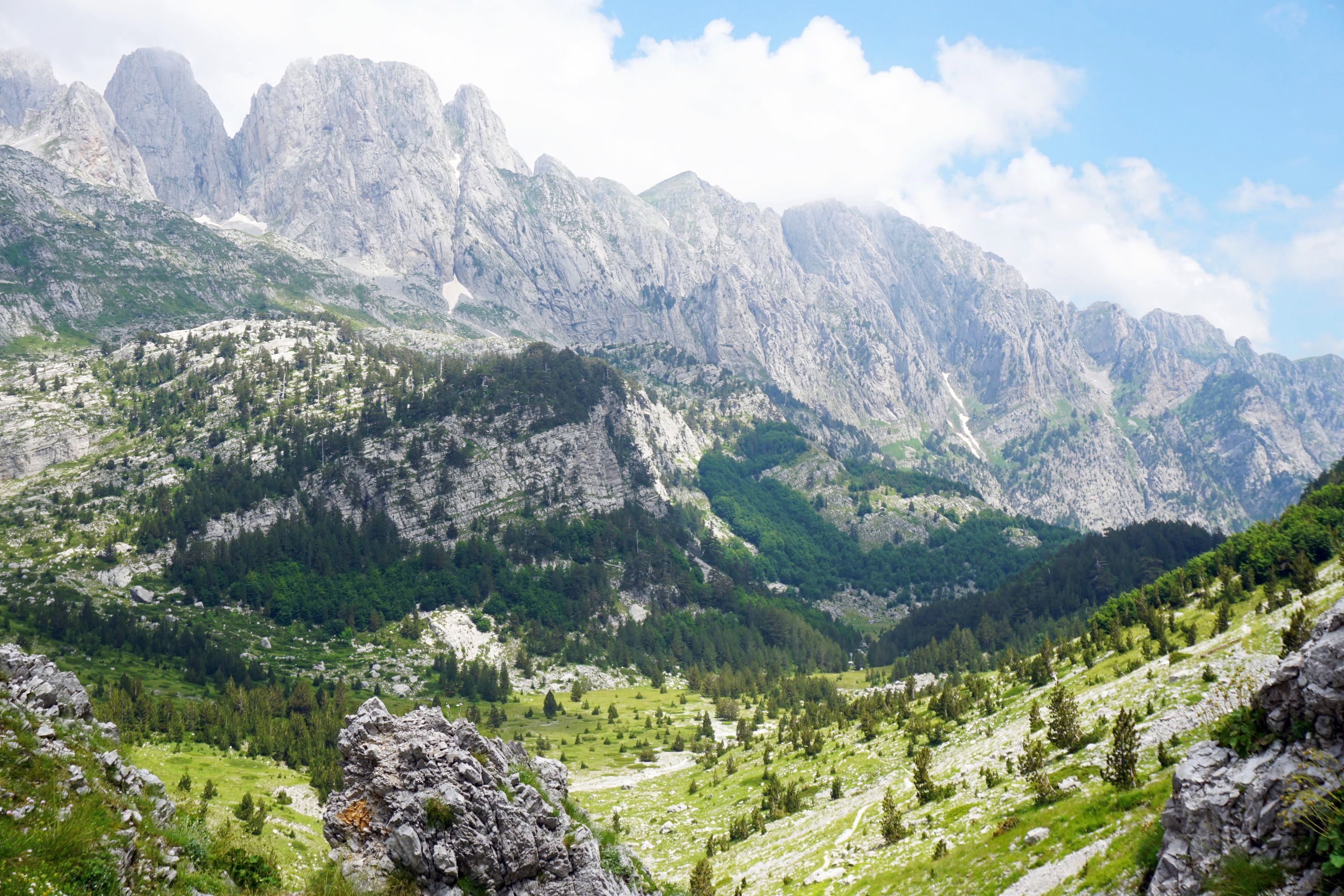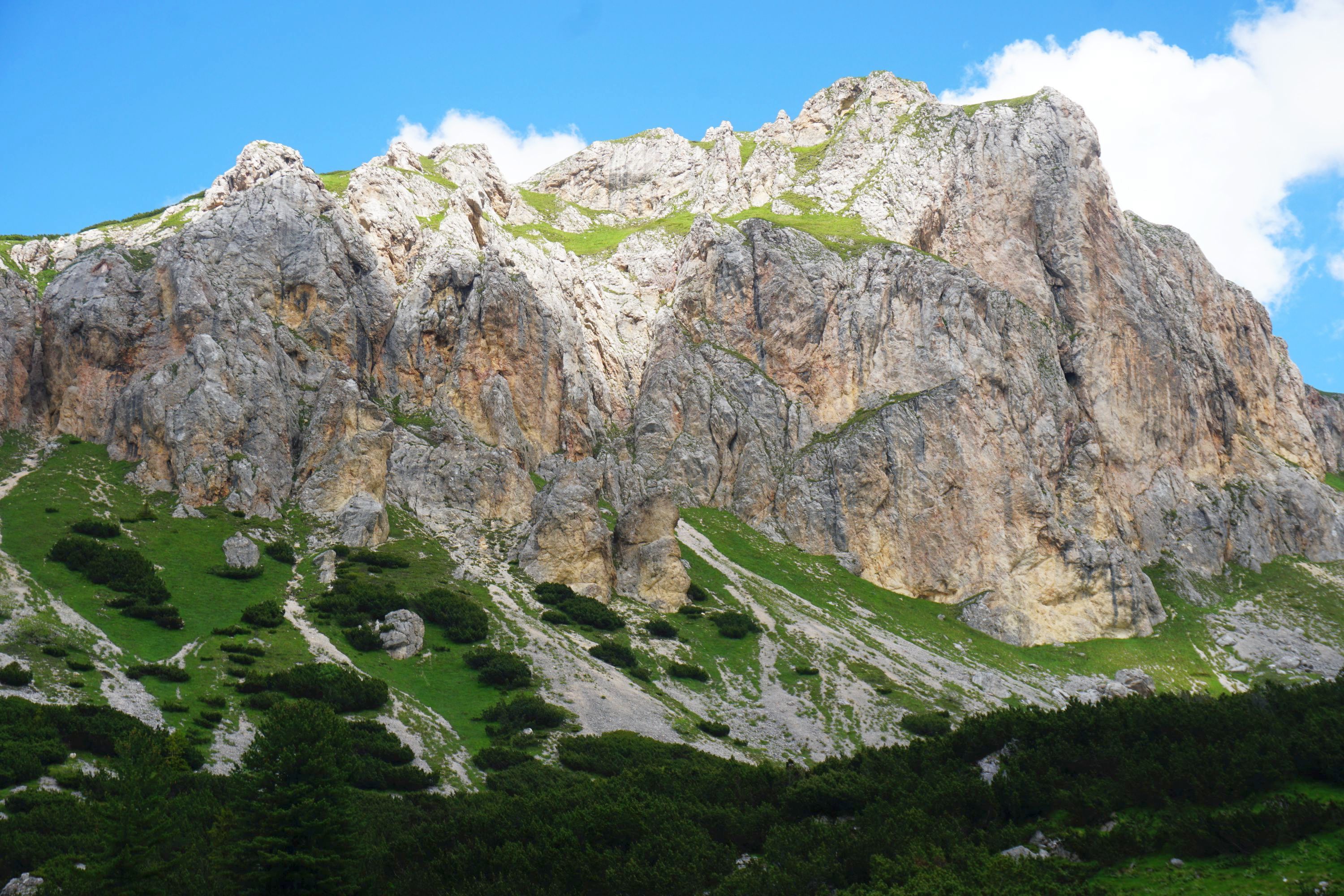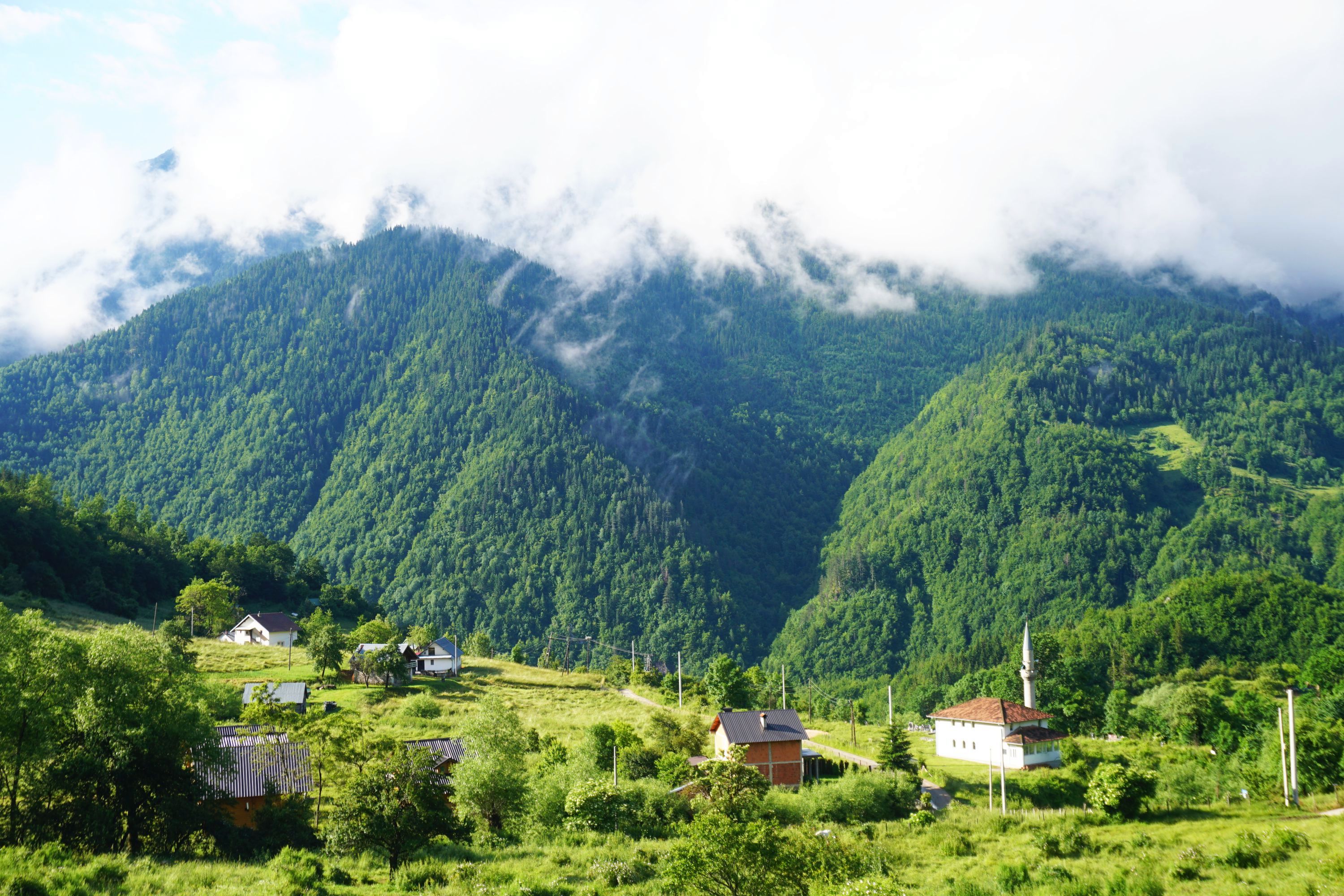A lake of superlatives, Lake Titicaca is the highest navigable lake in the world at 3,812m above sea level, and it’s 8,300 square km size makes it the largest in South America. It is home to numerous communities, living on the shore, it’s islands and on the lake itself. It also straddles two countries, with about 60% in Peru and 40% in Bolivia.
Leaving Puno in the morning there were some wonderful reflections of the sky and landscape.
We motored across the lake for a couple of hours to visit one of the famous floating islands of the Uros. For hundreds of years they’ve lived on islands made of reed, which last 15-20 years before becoming too thick to move. There are around 90 islands currently in the Peruvian part of Lake Titicaca, with a few tourist specific ones in the Bolivian part. About 2,000 people live close together on islands twenty minutes from Puno mainly living off tourism, while another 700 people live further out and more spread out. This is where we visited, perhaps a more authentic experience, though they were still well prepared with things for us to buy.
The island we visited is home to 22 people in six families, recently expanded by another island joining onto theirs. If families have disputes they can literally cut the island up and move away from each other. It’s an incredible lifestyle which understandably is likely to struggle to continue given the attraction of opportunities on the mainland enabled by better education.
We spent the night at a homestay in San Pedro on the Capachica peninsula, home to about 25,000 people, roads, schools and churches. Despite this infrastructure this is still a basic community, with mud brick houses and sheep out front. They’re well set up for homestays though, putting us to use helping around the home, helping to prepare dinner, and hosted an entertaining game of volleyball, which the locals were clearly better practiced at than the visitors.
The following morning we headed to Taquile Island, home to 3,000 people in 400 families, with six seperate communities run in ancient Athens style democracy. It’s a pleasant place to wander around, with views of the main part of Lake Titicaca from one side, looking toward Bolivia.
The main city of Puno is a dense grid of brown buildings providing a contrast from the shades of blue on the lake. There’s not a huge amount to see, but the cathedral was worth a quick visit, as was Parque Huajsapata for views at sunset over the city and toward the lake.
The bus journey from Cusco to Puno was an experience in itself, very comfortable, and passed through some wonderful landscapes.






























Leave a Reply